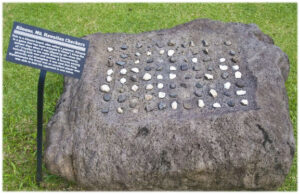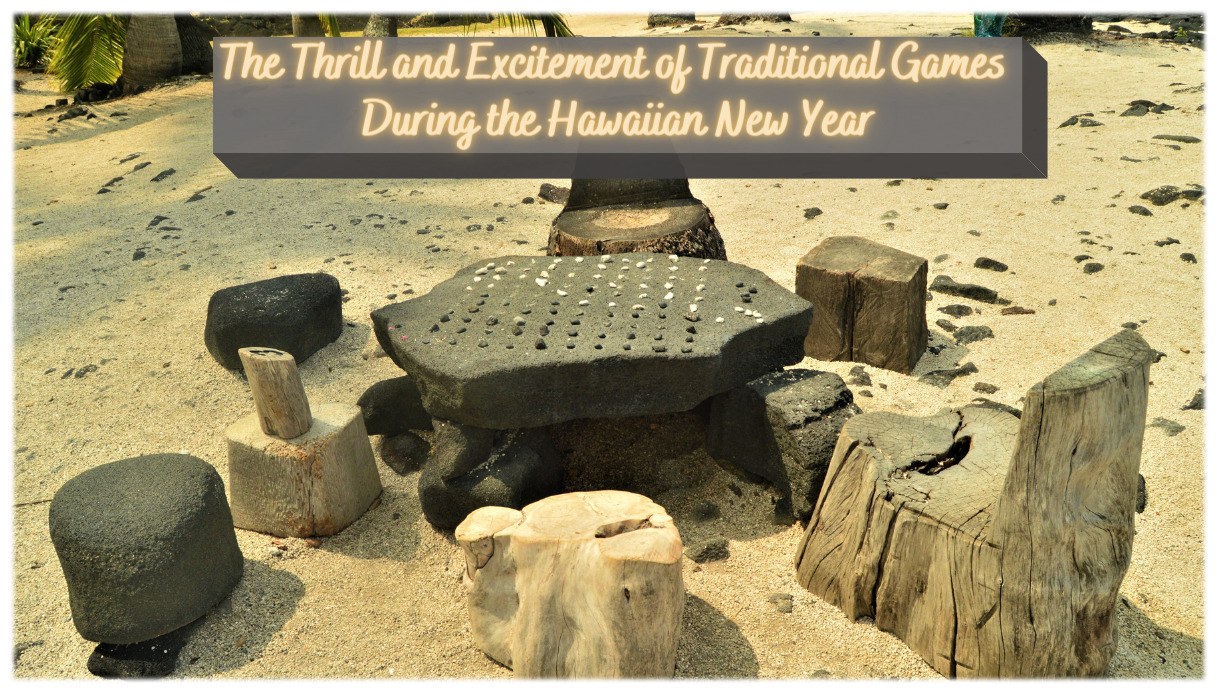
Centuries before the European sea-faring explorers discovered Hawai’i, the people living on these islands had already developed a great New Year’s tradition.
This tradition is called Makahiki.
The Makahiki preparations, ceremonies, and celebrations were extensive. This particular time of the year lasted from October through January. Four months were needed for all the activities that would happen during the Hawaiian New Year.
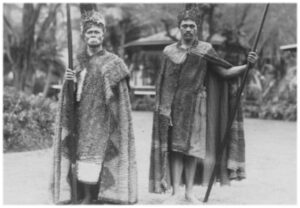
The Priests required that much time to travel across the islands to perform the many religious ceremonies. Crops needed to be harvested and shared among the people, along with the food from the sea. At the same time, taxes were collected for the different chiefs.
Makahiki has a vast amount of multi-dimensional cultural, religious, and political significance.
Because this is such a vast subject, today we will cover only the highlights of this important Hawaiian Holiday Season.
In its essence, Makahiki was a complete reset and restart inside and between all the individual island kingdoms throughout the island chain.
All these separate kingdoms would one day become one unified nation – the Hawaiian Kingdom.
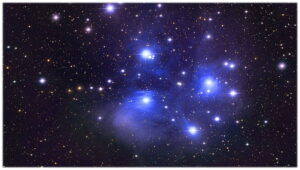
Makahiki began in October when Makalii (Pleiades constellation) was first observed rising above the horizon at sunset. This was the time to gather the harvest and pay tithes to the chiefs.
With the harvest came a time of rest from farming and much well-deserved feasting and competitive games. This is one of the many things that Makahiki is so well known for.
Makahiki was also a time of truce – no battles and no war.
Forgiving debts and redistributing the lands happened during this time. These were the lands that had lost their ruler or steward. Usually, this redistribution would happen with the death of that area’s ruler.
It was indeed a fresh beginning.
In typical Hawaiian style, it was a time for an extravagant celebration with games, music, hula, feasting, and a variety of contests.
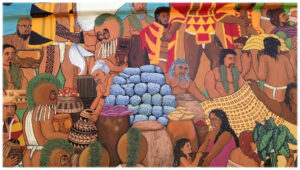
There was a multitude of games. They were arranged similarly to the ancient Greek Olympic Games. Many of the games required skills necessary in battle.
One example was the game known as Spear Tossing. It is recounted that King Kamehameha the Great participated in a legendary ʻōʻō ihe or Spear Throwing contest.
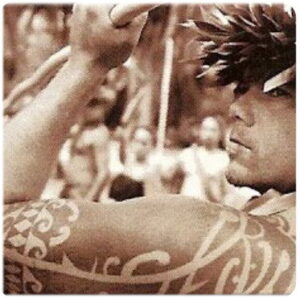
In this story, SEVEN spears were thrown at him! He caught three, dodged three, and deflected one with his body.
Most of the Hawaiian games or sporting contests were based upon individual competition over team athletics. This made sense since, as for centuries, the Hawaiian style of warfare was hand-to-hand combat – a battle of individual warriors.
Since ancient Hawaiian society was geared towards warfare, every chief needed as many trained warriors as possible. Warfare was the way every chief would gain territory or hold onto the part they had.
The revival of the Makahiki came with the Hawaiian Renaissance of the 1970s.
During this second Hawaiian Renaissance, many aspects and practices of ancient Hawaiian culture, which had nearly died out, came roaring back on all the major islands.
Makahiki events lasting several days have been included in this revival.
These are significant cultural events, with the sporting contests being just one part of the activities. One of the most well-known of these grand events is the ceremonies and games held on the island of Moloka’i, called Ka Moloka’i Makahiki.
This popular event has been happening every year since 1981 in January.
Naturally, Makahiki events like this one on Moloka’i are not intended for training warriors. These events are relatively tame compared to the old days when the preferred sport of Hawaiian royalty was warfare.
Rather than a game involving Hand-to-Hand combat, one of the games you are more likely to see is ‘ulu maika. It is a game that resembles contemporary lawn bowling, using a traditional stone disk.
For sure you will see the haka moa – a traditional one-arm, one-leg wrestling match that is always a crowd-pleaser!
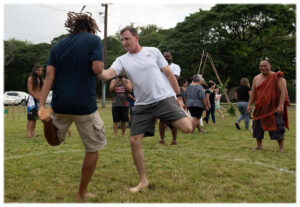
Of course, the big finale of the day is when the County Police face off against the County Fire Department in a game of hukihuki – better known to most as tug-of-war.
The Moloka’i Makahiki event works to preserve the tradition of the Makahiki and share the history behind the celebration. Sporting competitions are just part of history.
And, of course, good fun!
The other central part of the traditional Makahiki celebration is the music, food, and hula! This includes traditional Hawaiian arts and crafts workshops. So, if you’re ever on Maui in January, plan to pop over to Moloka’i to experience this exciting event.
Some of the traditional sporting events you will see at any Makahiki celebration:
-
Moa Pahee or dart sliding is comparable to ulu maika but requires a little more strength and skill. Players attempt to slide a torpedo-shaped dart along the ground through the stakes, roughly 50 feet away, and placed only a few inches wider than the darts. However, unlike ‘ulu maika, the dart cannot cross the line made by the stakes on their sides. The weight and less predictable path of the dart makes this game more challenging.
-
AND – What King Kamehameha was famous for: Ōʻō Ihe, known as spear throwing or tossing, involves throwing various weighted spears into targets, traditionally upright banana logs. This showcases the accuracy required during battle as well as during food foraging.
- Kukini is a foot race. Many of the top runners in ancient Hawai’i were later recruited by ali’i as either messengers or spies.
- Hukihuki is the Hawaiian form of tug of war, during which two teams pull on opposite ends of the rope until the losing team is pulled over to their opponent’s side.
- Haka Moa, or a standing chicken fight (between people, not chickens), is always a crowd favorite. Two players hold their left leg with their left arm, grasp their opponent’s right arm, and try to wrestle one another to the ground or out of a circle.
- Uma and Pa Uma are forms of hand wrestling. While pa Uma is played standing upright with both feet planted on the ground, Uma is played with both players lying on their stomachs with their elbows on the ground.
- Kōnane is one of the cultures’ more strategic games similar to a blend of chess and checkers. Sometimes, during times of war, the papa kōnane hoʻoneʻe ʻiliʻili (kōnane stones) were used as guidance to understanding the movements on the battlefield.
- Water sports competitions may include ‘Au (swimming), Kaha Nalu (body surfing), and He’e Nalu (surfing).
- Lele kawa or cliff diving with the object of creating the least amount of splash.
- Lele pahū, in which the goal was to make the biggest splash.
- And finally, heihei wa’a (canoe racing), employing specially designed narrow canoes called kialoa that were streamlined for speed.
If you are competitive, you may want to get involved in the Makahiki Challenge on your next visit. You could try your hand at ōʻō ihe, spear throwing.
Or, join a Hukihuki team and try to pull the other side over the line in a vigorous game of Tug-of-War!
However you celebrate, one of the primary things to do during Makahiki is to spend some time recognizing your blessings with gratitude!
First, forgive those who have wronged you in the previous year, then have some great Hawaiian Lu’au food, some dancing, and singing!!
That way, you are refreshed and ready to bring in the new year! And don’t forget to give the standard New Years greeting in Hawai’i:
Hau’oli Makahiki Hou! (Happy Year New).
Written by Peter D. Black
Graphic Design by Sugandha Ferro Black
Photos courtesy of paid for or free sources unless otherwise noted.
Makahiki Mural | © CC BY-NC-ND 2.0 US Maui UH News/flickr
